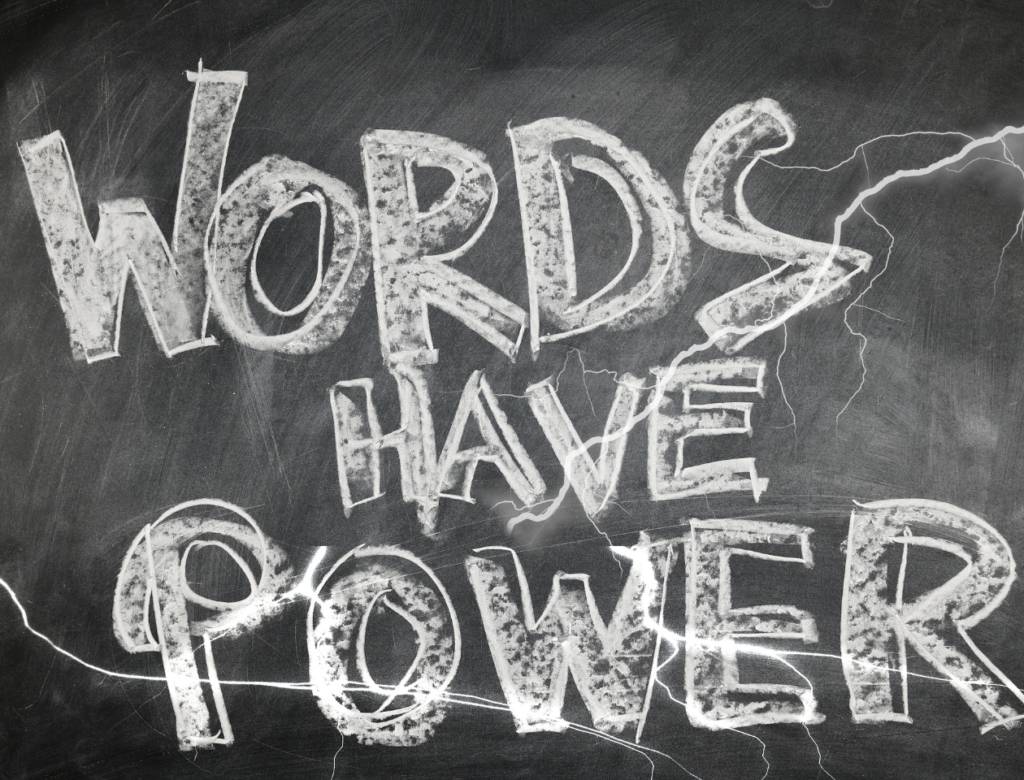Crafting a sales message that truly resonates with your audience is both an art and a science. Often, it’s the small things like a well-chosen transition word or phrase that make a big difference in how your message lands. These transition words and phrases act as bridges, helping your audience move seamlessly from one idea to the next. By using transitional words effectively, you can ensure your message flows naturally, keeping your audience engaged and focused on their needs.

In my experience, integrating transitional sentences has refined my sales pitches, making my conversations more relevant and impactful. Whether crafting a sales message, writing an essay, or delivering a presentation, the ability to illustrate points clearly and summarize effectively with the right transitions can make all the difference.
Why Transitional Words and Phrases Matter in Sales
Guiding the Conversation with Transitions
When engaging with a prospect, it’s easy to focus too much on features or details, but the customer’s primary concern is always, “What’s in it for me?” Using transitional phrases helps guide the conversation back to their needs. These transitions help illustrate the connection between what precedes the current topic and the solution you’re offering, creating a clear cause-and-effect relationship.
Creating Flow and Clarity
Transitional words ensure your message flows logically from one idea to another, making it easier for your audience to follow. Whether you’re transitioning between paragraphs or moving from a general point to a specific example, transitions help you summarize effectively and emphasize key points.
Essential Transitional Phrases to Improve Your Sales Message
1. “Many of our clients come to us when…”
This phrase introduces common pain points and helps create a relatable connection with your audience. It’s a powerful way to illustrate shared challenges.
Example: “Many of our clients come to us when they’re overwhelmed by manual processes that waste valuable time.”
Why It Works: This phrase helps set up the conversation by empathizing with the customer’s challenges and preparing to transition to the solution.
2. “What we’ve found is that clients facing [problem] often benefit from…”
This phrase transitions naturally from discussing the problem to highlighting how your solution can address it. It’s an effective way to show cause and effect.
Example: “What we’ve found is that clients facing high turnover often benefit from our streamlined onboarding platform.”
Why It Works: This approach emphasizes how your product addresses their needs and provides a seamless connection between ideas.
3. “One thing our clients appreciate most is…”
This phrase allows you to highlight a unique selling point while maintaining a customer-centered approach.
Example: “One thing our clients appreciate most is our 24/7 customer support, ensuring smooth operations at all times.”
Why It Works: It emphasizes your value proposition by sharing customer feedback, creating credibility and relatability.
4. “Imagine if…”
This phrase invites the audience to visualize a better outcome, helping transition from problem-solving to aspiration.
Example: “Imagine if you could automate half of your team’s workload, freeing up time for strategic initiatives.”
Why It Works: It taps into the customer’s aspirations and helps them picture the benefits of your solution in action.
5. “Let’s take a look at how this could impact your…”
This phrase directs attention to measurable benefits, helping the audience see how your solution aligns with their goals.
Example: “Let’s take a look at how this could impact your bottom line by reducing operational costs.”
Why It Works: It summarizes key points while emphasizing outcomes that matter to the customer.
Putting It All Together with Transitional Words
Start with Empathy
Begin your sales message by acknowledging the customer’s challenges. Use phrases like “Many of our clients come to us when…” or “Conversely, some struggle with…” to establish a connection.
Transition to the Solution
Once the pain points are clear, connect them to your solution using phrases like “What we’ve found is that clients facing [problem] often benefit from…” to create a natural transition.
Emphasize Benefits and Summarize
Inspire the prospect with phrases like “Imagine if…” to illustrate the potential of your solution. Summarize the conversation with “Let’s take a look at how this could impact your…” to emphasize measurable results.
Mastering the Art of Transitions
A successful sales pitch isn’t just about presenting features—it’s about creating a cohesive story that resonates with your audience. Using transitional words and phrases ensures your message flows logically and emphasizes what’s important. Whether you’re illustrating points, summarizing key ideas, or showing cause and effect, transitions make your message easier to follow and more impactful.
Next time you craft a sales message, let these transitional tools guide your communication. From beginning to end, the right transitions help you connect with your audience and create a compelling, customer-focused narrative.
